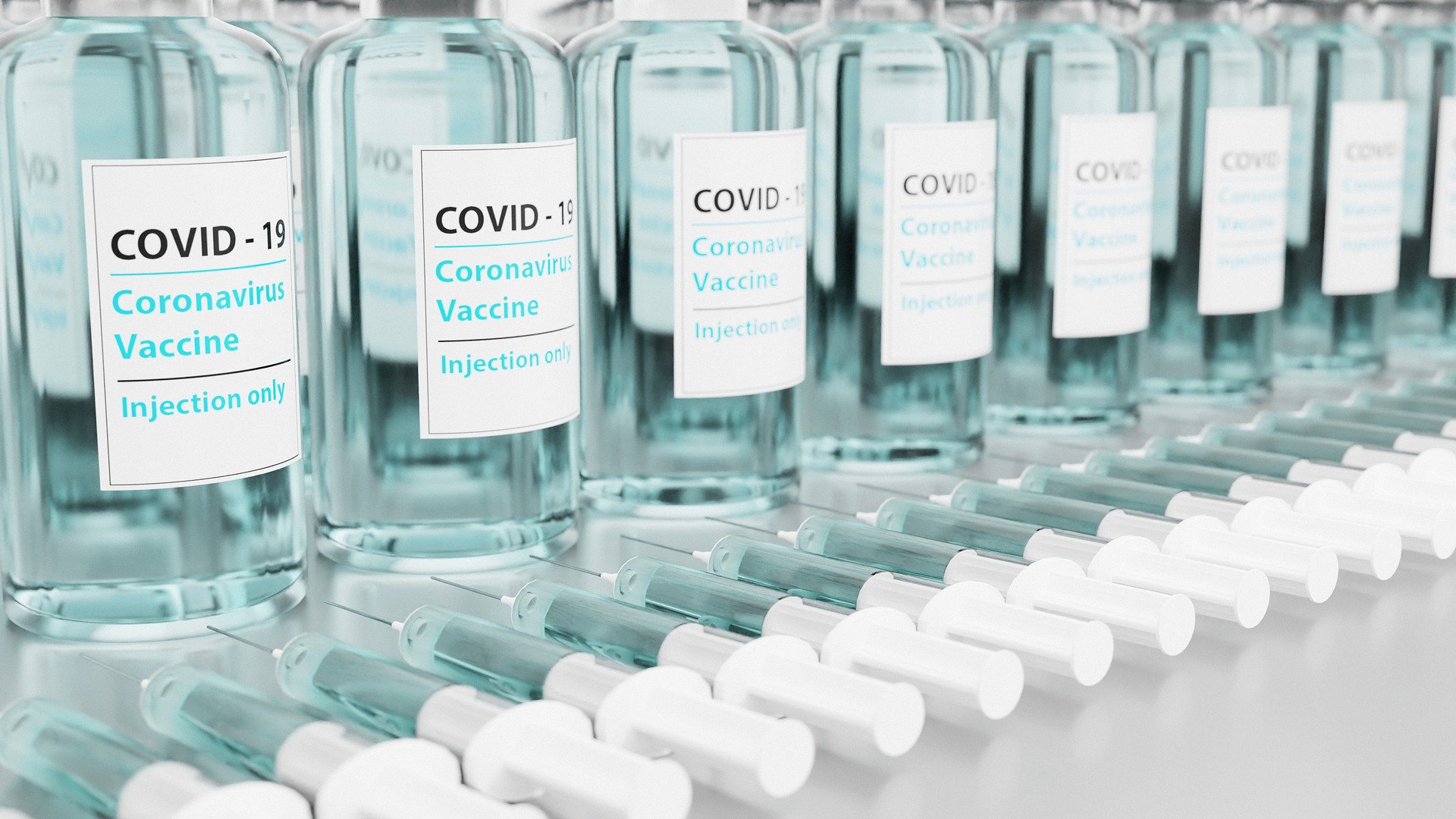The Cold, Dark Journey of the COVID-19 Vaccine

At the moment the genetic sequence of SARS-CoV-2 was published on January 11, 2020, a shotgun blast rang through the halls of research labs around the world. The race to inoculate humanity against a lethal contagion was on.
Eleven months later, the virus that had then claimed fewer than 500 lives has ravaged its way through nearly every country, town, and neighborhood on the planet.
110 million cases, 2.4 million deaths, and trillions of dollars in economic havoc later, relief is within reach. Just how taxing that final reach has been is finally being revealed.
A vaccine’s development from investigational drug to final approval is now familiar to many. Yet the vaccination’s physical journey from lab to arm is a logistical undertaking without modern precedent.
So valuable and complex are the details of the COVID-19 vaccine cold chain that nation-states appear to be engaging in cyber-espionage to understand them.
Currently traversing the world are tens of millions of life-saving, economy-mending, routine-restoring vials of painstakingly crafted immunizations requiring exacting and extraordinary care.
The logistical hurdles both cleared and approaching are so immense, the United States put logistics experts at the Pentagon in charge of the vials’ movement.
Moderna’s vaccine must be stored at -4°F, while Pfizer’s requires an even more daunting temperature of -94°F while in transit. The logistical implications of such frigid conditions are challenging on the surface and staggering at scale.
Pfizer’s and Moderna’s vials are taking different paths to final administration. Moderna is manufacturing its vaccine in New Hampshire, Pennsylvania and Indiana, from which it ships vials to Operation Warp Speed headquarters in Irving, Texas.
From Pfizer’s U.S. vaccine operation in Kalamazoo, Michigan, UPS and FedEx infrastructure are transporting vaccines to various locations across the country in GPS-enabled thermal boxes packed with dry ice.
From the moment Pfizer seals one of its 975-vial containers, a countdown clock begins – multiple clocks, that is. Each container can be stored for up to six months at -94°F, after which it can survive up to ten days on dry ice during transport. The caveat? A container’s dry ice must be changed after 24 hours, then again after five days. But each box must remain unopened but for once or twice a day. Once unboxed, the vials can be stored for up to 5 days between 35° and 46°F.
Because “sub-80 freezers” are typically found only in the well-funded labs of major research universities and large hospitals, timing the shipments’ arrival at their final destinations will be key. Smaller medical facilities, physicians’ offices, and neighborhood pharmacies typically house only equipment for routine refrigeration needs, meaning that each facility has just five days to receive, process, and administer each box of doses in its entirety. All the while, a time-sensitive list of temperature standards must be maintained with complete accuracy.
The Summer of Hurdles
Airlines, shipping companies, scientists, and regulators spent months planning, inventing, manufacturing, and litigating their way through a mountain of hurdles.
The FAA worked to increase its longstanding limits on dry ice to enable a single 777 to carry enough solid carbon dioxide to faithfully transport up to a million doses in its fuselage.
UPS built -112°F freezer farms near its American air cargo hubs while tapping its health care division to independently produce as much as 1,200 pounds of dry ice each hour.
Airlines supervised test flights devoid of passengers and replete with stop watches, test packaging, and thermometers.
Meanwhile, communications professionals continue working to extinguish conspiracy theories that risk rendering all such efforts null and void.
If the testing period has been taxing, the final stretch will resemble a global relay race timed with the precision of a Rube Goldberg machine. Certifying it all will be a single number ensured every step of the way.
The Feat of a Billion Temperature Checks
Twenty years ago, ensuring a complex cold chain at such massive scale would have been a near-impossible task. Yet our current pandemic follows a decade of significant advancement in smart monitoring technology. Small and affordable IoT sensors can now be deployed within freezers, on shipping containers, inside thermal boxes, and even on vial trays, taking silent stock of ambient temperatures at every turn.
The intelligent monitoring system created by our company, Elemental Machines, takes the technology a step further, consolidating disparate inputs into a single dashboard that turns raw data into realtime, actionable insights.
Vaccine manufacturers and logistics personnel can set parameters for custom alerts, such as flagging a container that falls outside of its required temperature or warning a healthcare provider after a thermal shipper remains unopened 24 hours after shipment. The system helps to maintain records of the complete cold chain, offering minute-by-minute temperature records of an individual vial’s entire journey.
Never before has something as “simple” and fundamental as temperature held such wide-reaching power, and never before has ensuring its accuracy been more seamless.
For a process marked by setbacks and skepticism, the confidence delivered by today’s sensor technology is a rare break vaccine manufacturers and recipients alike are fortunate to catch.
Sources:
https://www.cdc.gov/coronavirus/2019-ncov/vaccines/different-vaccines/how-they-work.html
https://www.bbc.com/news/technology-55165552
https://www.imperial.ac.uk/news/209993/qa-cold-chains-covid-19-vaccines-reaching/
https://www.nytimes.com/interactive/2020/science/coronavirus-vaccine-tracker.html
https://www.scientificamerican.com/article/the-covid-cold-chain-how-a-vaccine-will-get-to-you/
https://www.nytimes.com/2020/12/10/business/airlines-vaccines-coronavirus.html’
https://www.politico.com/news/2020/07/30/coronavirus-vaccine-distribution-388904
Never miss a beat...
Subscribe to our bi-monthly EM Connect Newsletter to stay up-to-date on all things LabOps, biotech, and more!